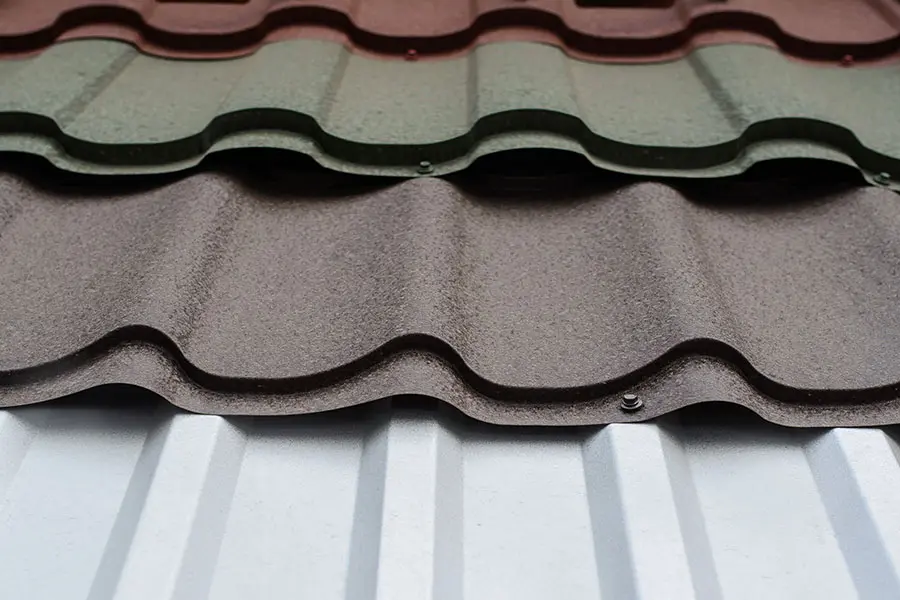Best Practices for Ensuring Correct Roofing Air Flow
Making sure proper roofing air flow is crucial for the durability and efficiency of a roof. A well balanced intake and exhaust vent proportion, typically 1:300, plays a pivotal role, with intake vents preferably put at the lower edge of the roofing system for cool air entrance and exhaust vents at the peak for warm air departure. Normal inspections to recognize blockages and maintain clear airflow are extremely important. In addition, keeping insulation away from vents is crucial to avoid airflow limitation. Understanding these foundational elements sets the stage for more comprehensive understandings right into installation and upkeep practices that can dramatically boost your roof's efficiency.
Understand Ventilation Basics
Properly comprehending ventilation basics is crucial for making sure the longevity and effectiveness of roof. Reliable ventilation alleviates wetness build-up and temperature level extremes in the attic room, both of which can bring about considerable structural damage in time. A well-ventilated roof covering aids in protecting against common concerns such as mold and mildew growth, timber rot, and ice dams, which can endanger the integrity of the roof covering products and the underlying frameworks.
The key objective of ventilation is to promote the activity of air, allowing for a consistent exchange between the outside and interior settings. This equilibrium is achieved with a combination of intake and exhaust vents that function with each other to maintain ideal air flow. Consumption vents, typically situated along the eaves or soffits, permit fresh air to enter the attic room space, while exhaust vents, frequently located at or near the roof ridge, allow hot, humid air to run away.
Key aspects affecting the effectiveness of roof covering air flow consist of proper placement, adequate sizing, and ensuring that both intake and exhaust vents are unhampered. Normal assessment and maintenance are important to identify potential clogs, damage, or ineffectiveness in the air flow system, thereby securing the roof's performance and durability.
Kinds Of Roofing Vents
Roofing vents play an essential function in preserving efficient attic room air flow and, by extension, the general health of the roof covering system. Various types of roof vents are readily available, each with one-of-a-kind benefits tailored to certain roofing needs.

Soffit vents are installed under the eaves and operate in tandem with roof vents to make certain a well balanced consumption and exhaust system. By allowing cooler air to get in from below, soffit vents promote the expulsion of hot air with top vents. Gable vents, situated on the exterior wall surfaces of the attic, deal an additional reliable service, especially in homes with gable roof coverings.
Examine Your Current Ventilation

Next, consider the age and condition of your roofing products and ventilation parts. Older systems might not abide by existing structure codes or might have weakened over time, decreasing their effectiveness. Conduct a thorough evaluation to identify any type of indications of damage, such as corrosion, damages, or voids that might compromise the system's efficiency.
Furthermore, determine the attic temperature and humidity degrees. High temperature levels and moisture can suggest insufficient air flow.
Setup Best Practices
Reliable installation of roofing air flow systems is critical for guaranteeing ideal performance and long life. Proper setup starts with understanding the certain ventilation demands of the roof and the building it covers. This includes calculating the correct proportion of consumption to exhaust vents, official source normally sticking to the 1:300 regulation, which stipulates one square foot of ventilation for every 300 square feet of attic flooring space.

The positioning of vents is equally critical. Consumption vents need to be set up at the roof covering's lower edge, typically in the soffits, to allow great air to enter. Exhaust vents, on the other hand, must be installed near or at the roof's height to promote the departure of cozy, damp air. This produces a natural airflow that assists keep temperature and dampness balance within the attic area.
Seal all vent links diligently to stop air leaks and potential water seepage. Usage high-quality products and follow maker guidelines to make certain durability and effectiveness. Furthermore, integrating ridge vents with baffles can substantially improve air flow performance by stopping wind-driven rain and snow from getting in the attic.
Eventually, accurate installation of roof air flow systems alleviates possible concerns such as mold growth, ice dams, and architectural damages, visit homepage making certain the roof covering's stability and the structure's overall wellness.
Regular Maintenance Tips
Consistency in upkeep practices is essential to ensuring the long-lasting performance of roof ventilation systems. Throughout these evaluations, guarantee that vents are cost-free of debris, nests, and various other blockages that might impede air flow.
Make use of a soft brush or a vacuum cleaner to get rid of dirt and particles from intake and exhaust vents. Be careful not to harm the air vent screens or louvers throughout the process.
Correct insulation is equally essential. Ensure that attic insulation does not block the vents, as this can significantly restrict air movement. Reposition or change it to preserve an effective obstacle. if any kind of insulation has shifted or worked out.
Finally, replace any kind of damaged or missing out on parts without delay. Damaged vents, broken roof shingles, or worn-out blinking can all contribute to poor ventilation and should be attended to immediately. Normal upkeep makes certain that the roofing ventilation system functions optimally, thereby prolonging the life expectancy of the roof covering itself.
Verdict
Making sure proper roof covering air flow is paramount for keeping the effectiveness and durability of a roof covering system. Adherence to the 1:300 intake and exhaust air vent proportion, paired with the calculated placement of vents, is important. Regular biannual assessments, particles cleaning, and guaranteeing insulation does not obstruct air flow are vital practices. Carrying out these best techniques will cultivate a well-ventilated roof, thus alleviating prospective problems connected to moisture accumulation and extreme warm, ultimately lengthening the roofing system's lifespan.
A balanced consumption and exhaust air vent ratio, commonly 1:300, plays a crucial duty, with intake vents preferably positioned at the lower side of the roofing system for great air entrance and exhaust vents at content the top for warm air departure. Consumption vents, normally situated along the eaves or soffits, permit fresh air to go into the attic area, while exhaust vents, frequently located at or near the roofing system ridge, enable hot, humid air to get away.
Soffit vents are installed under the eaves and work in tandem with roof covering vents to ensure a well balanced consumption and exhaust system. By allowing cooler air to go into from below, soffit vents help with the expulsion of hot air through upper vents. Adherence to the 1:300 intake and exhaust vent ratio, coupled with the strategic positioning of vents, is crucial.